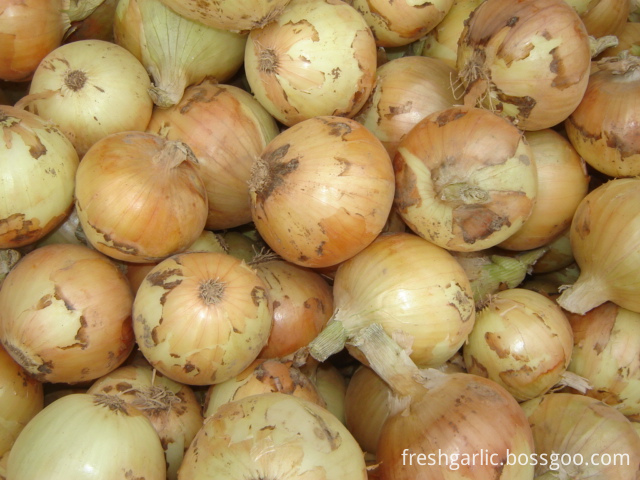Symptoms are mainly distributed in the northwest wheat region of China. The dwarfing of the diseased plant was serious and the tillering was less or less. In severe cases, the diseased plant died immediately before the jointing. The minor disease was jointing, and the earing was not found. The diseased plant leaves become red, some varieties turn yellow, the red stalk species generally appear red leaves, the green stalk species are yellow leaves, and some spread to leaf sheaths.
The pathogen Wheat red dwarf virus is abbreviated as WRDV. It is called wheat red dwarf virus and it is a virus. Viral strands, size 100-190015 (nm)
Transmission routes and disease conditions Viruses are persistently transmitted from the indica (Deltocephalus orgzae), Psammotellix striatus, and Macrosteles masatonis and transmitted through the leafhopper eggs. In addition, the damage caused by Diruaphis noxia was aggravated. Dry and warm areas and early sowing of wheat are serious.
Prevention methods (1) Wheat varieties resistant to red dwarf disease have been selected from the 1970s to the 1980s for the selection of disease-resistant varieties: No.15, No.27, Qingfeng No.1, Jingning No.6, and 7537. Changle No. 5, Pingliang No. 35, Yulin No. 8 and so on. (2) Cultivation of disease-prevention mountainous areas It is one of the key technologies for prevention and control of the disease on the basis of improving the basic construction of farmland and doing a good job of soil and water conservation, scientific sowing, and prevention of early sowing. We must intensively cultivate and remove weeds in time. Immediately after the harvest, the wheat stalks were smashed and deep-turned. The wheat seedlings did a good job of suppressing pods during the winter and kept the wheat seedlings safe for the winter. (3) pest control disease must first grasp the wheat field pest situation. Before the autumn sowing, the density of insect populations on local autumn crops and weeds began to be adjusted. Generally, the number of insect populations was lower than 5, and the incidence was light, and the number of insects was between 5 and 10, which may occur moderately. For example, more than 10 may occur. Therefore, before sowing with 75% Phoron EC 100g, 3-4L of water, spray on 50kg wheat seed mix, and then boring for 12 hours after drying sowing, prevention and treatment of the seedling stage suffered leafhopper damage. When the density of seedlings at seedling stage is high, 40% oxidized fruit EC should be sprayed 1000-1500 times or 40% dimethoate EC, 25% imidophos EC 1000 times. When necessary, it can be used 10% once (net imidacloprid) WP 2000-2500 times, long control time.
From the month of May, the new crop of onion from Jinxiang has harvested. After dried enough, the Yellow Onion can be packed and shipped from the month of June. The new crop Fresh Onion has very beautiful appearance and great quality. Jinxiang is a famous county which has large area planting garlic and onion.
1. Commodity name: Fresh Onion
2. Feature: Natural color, Thick and full skin, No stain and soil on outer skin, Firm and no rotten.3. Size: 3.0-5.0cm, 5.0-7.0cm, 7.0-10cm
4. Variety: Yellow Onion and Red Onion
5.Packing:
1) 10kg/carton, 20kg/carton, 10kgs/mesh bag,20kg/mesh bag and 25kgs/mesh bag
2) or according to the clients' requirements.
6. Supply Period:
A) Fresh season: May to the middle of August
B) Cold storage season: August to December.
7.Conveyance:26-30MT/40'HR (loading quantity depending on packing)
8.Transporting and storing temperature: 0°C -+1°C

Yellow Onion
Yellow Onion,Fresh Yellow Onion,Organic Yellow Onion,Yellow Round Onions
JINING FORICH FRUITS & VEGETABLES CO., LTD. , https://www.forichgarlic.com